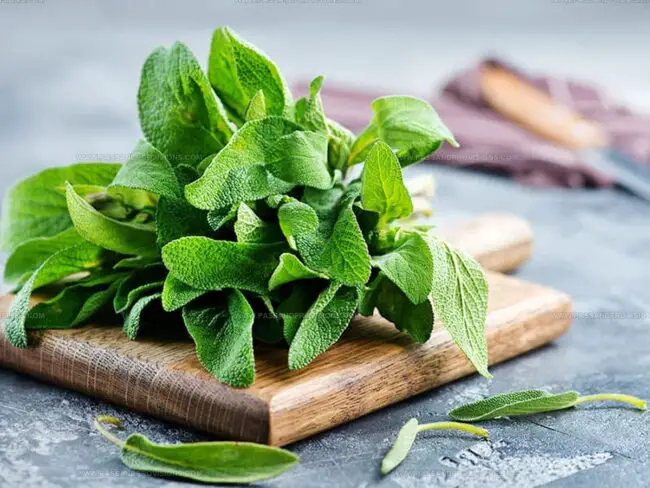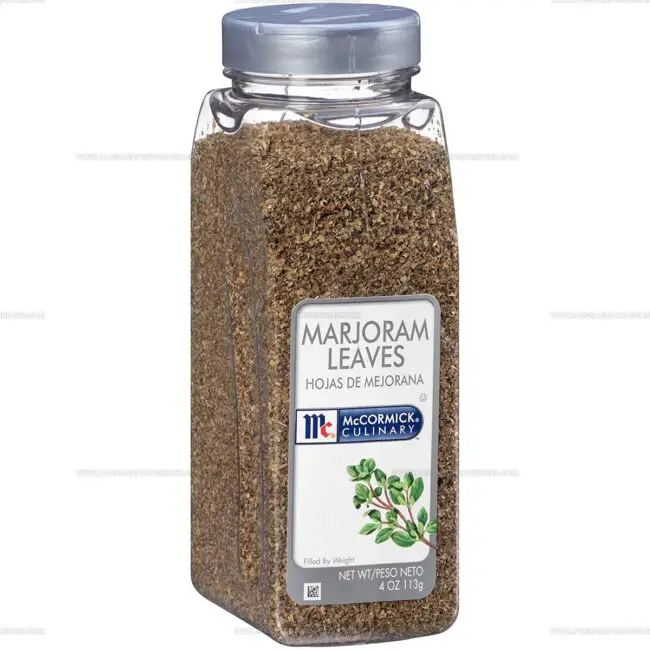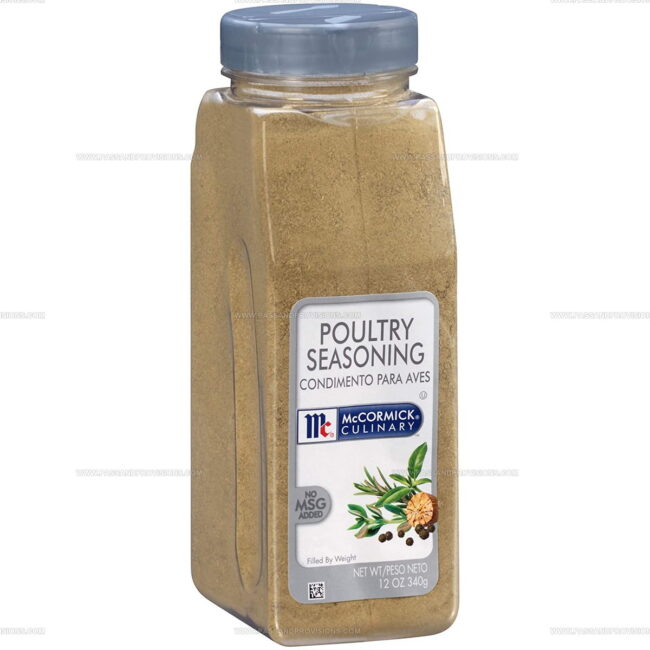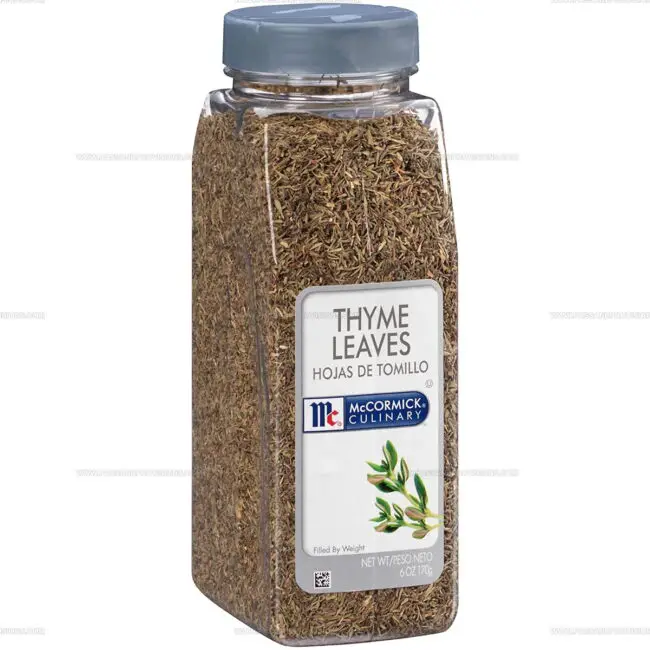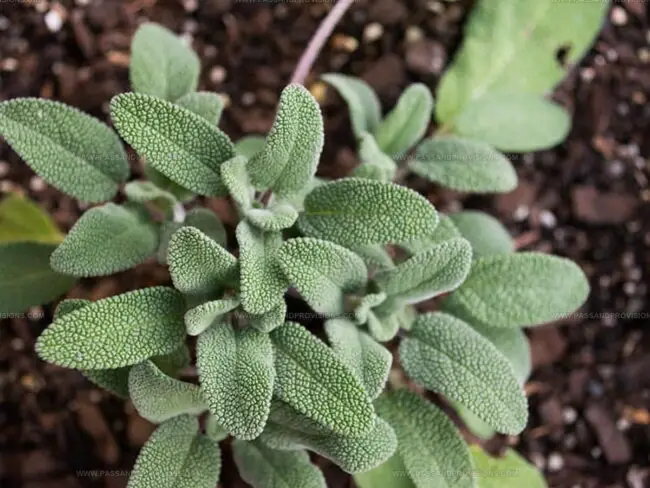3 Flavorful Herbs That Can Sub for Sage
Sage substitute options come to the rescue when your recipe calls for this aromatic herb but none can be found in your pantry.
The distinctive earthy flavor with hints of pine and citrus makes this herb somewhat challenging to replace perfectly.
Most home cooks have encountered this dilemma at some point - standing in the kitchen with all ingredients ready except for that one crucial herb.
Several alternatives exist that can mimic sage's unique profile in different culinary applications without compromising the overall taste of dishes.
These substitutions range from common pantry staples to other fresh herbs that share similar flavor compounds.
With just a few adjustments to quantities and combinations, meals can still maintain their intended flavor profiles despite missing the original ingredient.
Let's dive into the best sage alternatives that will save your next culinary creation.
When to Substitute Sage in Cooking
Sometimes you may need to swap out sage in a recipe, especially if you run out or want a different taste for your dish:
Ideal Sage Substitutes For Cooking
Sage not being present during cooking can be solved with an herb that complements the same stage in the dish. The kitchen stays lively until serving time.
Marjoram
Marjoram stands as the closest substitute for sage, offering pine and citrus flavors as a milder alternative within the mint family.
Both fresh and dried versions complement meat, poultry, and pasta dishes beautifully, making it a versatile kitchen staple.
Many cooks consider marjoram a gentler version of oregano, and for best results, add it toward the end of cooking to preserve its delicate flavor profile.
The substitution ratio is straightforward- simply use one teaspoon of marjoram for each teaspoon of sage called for in recipes.
Poultry Seasoning
Poultry seasoning works perfectly as a sage substitute because sage is one of its main ingredients, along with marjoram, thyme, and rosemary.
Many cooks rely on this versatile blend when preparing chicken, turkey, pork, and other meats, giving dishes that familiar herb-forward flavor profile.
The seasoning doesn't stop at main courses though - it adds wonderful depth to stuffings, salads, casseroles, meatloaf, and herb sauces with minimal effort.
Thyme
Thyme, a distinctive member of the mint family, offers a unique aroma that enhances dishes without overwhelming them.
Different varieties of thyme can provide significantly varied flavors, making it versatile for cooking applications.
Sage works as an excellent substitute when thyme isn't available, though it brings a stronger flavor profile that requires using smaller amounts in recipes.
Both herbs shine in slowly cooked dishes like pasta sauces, soups, and braises since they maintain their flavor even with prolonged heat exposure.
These aromatic herbs complement many staples including potatoes, rice, vegetables, and freshly baked bread, adding depth and complexity to everyday meals.
Adjusting Flavor Intensity With Sage Substitutes
If you’re using a substitute for sage, it’s important to adjust the flavor so your recipe still tastes just right:
Sage Substitutions: Top Culinary Questions
1. Will using a substitute change the flavor of my recipe?
Yes, each herb has its own flavor profile. Thyme and marjoram are milder, rosemary is more piney, and poultry seasoning often includes sage for a familiar taste.
2. Are there good substitutes for sage in stuffing or dressing?
Poultry seasoning, marjoram, or a blend of thyme and rosemary all work well in stuffing or bread dressings as sage alternatives.
3. Can I use dried herbs instead of fresh sage?
Yes, use one-third the amount of dried herb as you would fresh, since dried herbs are more concentrated in flavor.
4. Is there a good substitute for sage in Italian dishes?
Thyme or marjoram pair well with Italian flavors and can replace sage in pasta sauces, meat dishes, or roasted vegetables.
5. Are there sage substitutes for sausage or meat rubs?
Poultry seasoning, thyme, or even a touch of ground fennel can mimic the savory note sage brings to meat rubs and sausages.
6. Will a substitute work in creamy sauces and soups?
Yes, thyme, marjoram, or savory can be used in creamy sauces and soups for a similar aromatic note as sage.
7. Can I grow sage substitutes at home?
Thyme, rosemary, and marjoram are easy to grow at home and make excellent fresh substitutes for sage.

